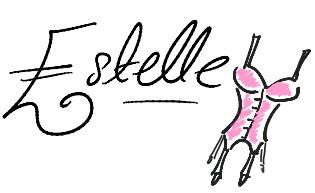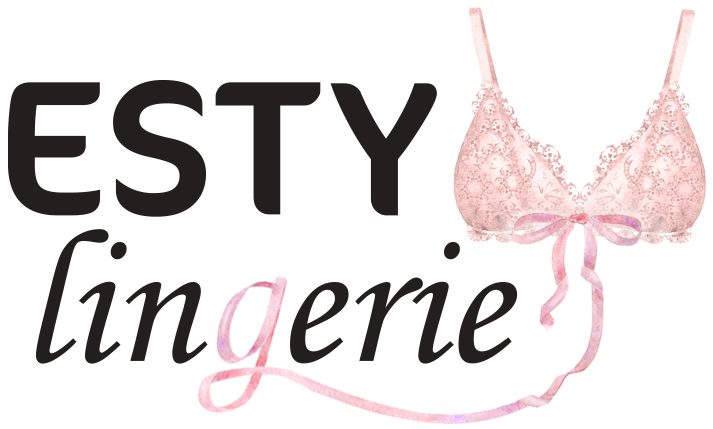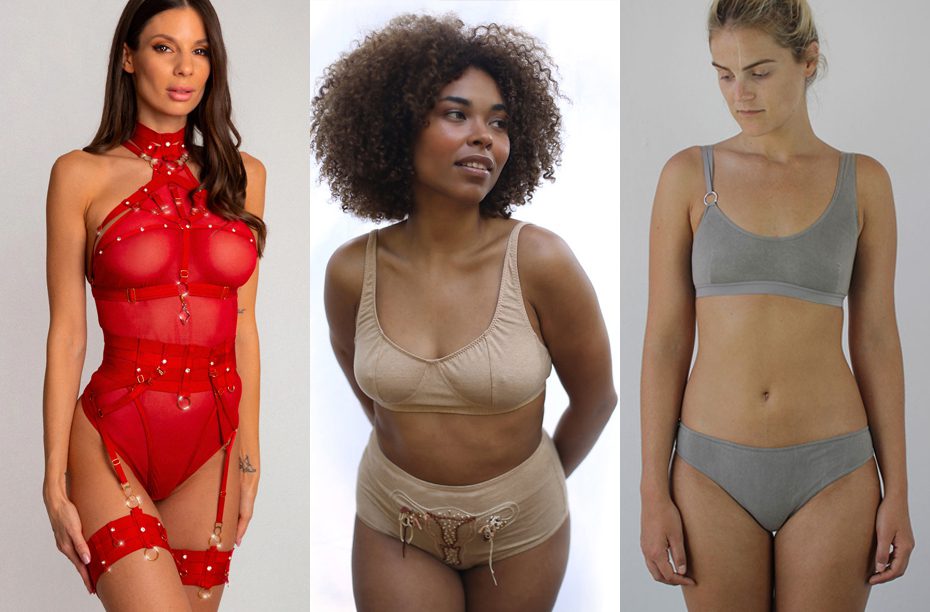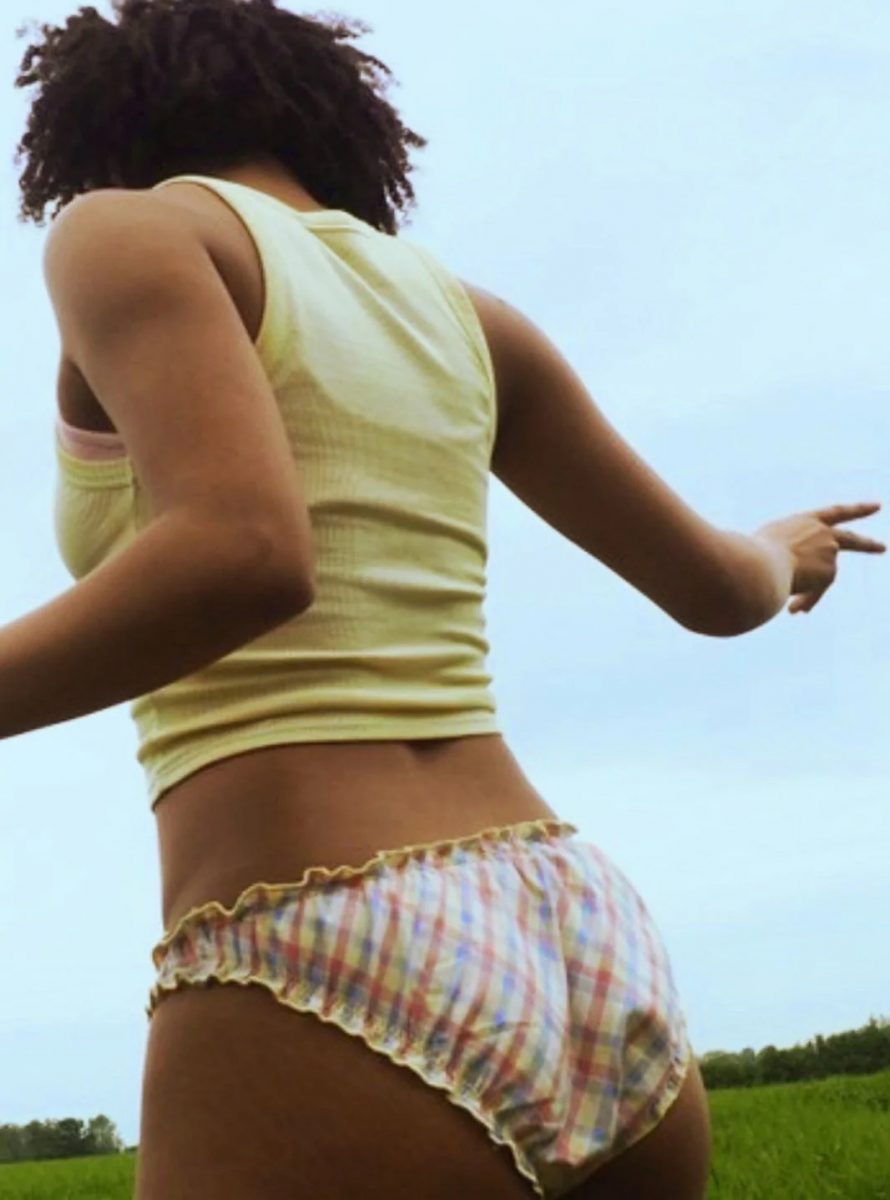Disclosure: Links with a * are affiliate links.
When it comes to sustainable lingerie, there’s a lot of talk about the types of fibres and fabrics used. Something that I haven’t seen discussed quite so often is the dyes used to colour those materials, and yet you can hardly call a natural fibre-based fabric sustainable if it has been coloured using toxic synthetic dyes that greatly pollute the environment.
Around 20% of worldwide wastewater is a result of dyeing or treating fabrics, making rivers run black in the poorer nations where a lot of clothing is produced, and these same processes are also responsible for a not-insignificant percentage of global CO2 emissions. Additionally, as much as 60-80% of organic colourants in use today are a type of dye known as azo dyes, which are carcinogenic. These harmful dyes aren’t good for the planet, and they aren’t good for you either.
And choosing non-toxic dyes is especially important when it comes to lingerie, since we wear it right up against our skin and in intimate areas. It’s certainly something I’ve been thinking about more often lately, and so I’ve been researching plant-dyed lingerie brands and wanted to share some of them with you today.
It’s worth noting that plant-based dyes aren’t a flawless solution, at least not with current technology. As many of the below brands point out themselves on their websites, they can lead to colour inconsistencies (something Eliza noticed when her two ‘Honey’ pieces by HARA didn’t quite match) and are more prone to fading. 7 of these 10 plant-dyed lingerie brands specifically advise washing their pieces in cold or lukewarm water, and a number also highlight detergent types to use or avoid to prolong the colour.
Finally, before I get started, note that this is by no means an exhaustive list of the lingerie brands currently using natural, eco-friendly dyes. I just didn’t want the article to get too long. So if you’d be interested in me putting together a part two with 10 more plant-dyed lingerie brands, leave a comment to let me know!
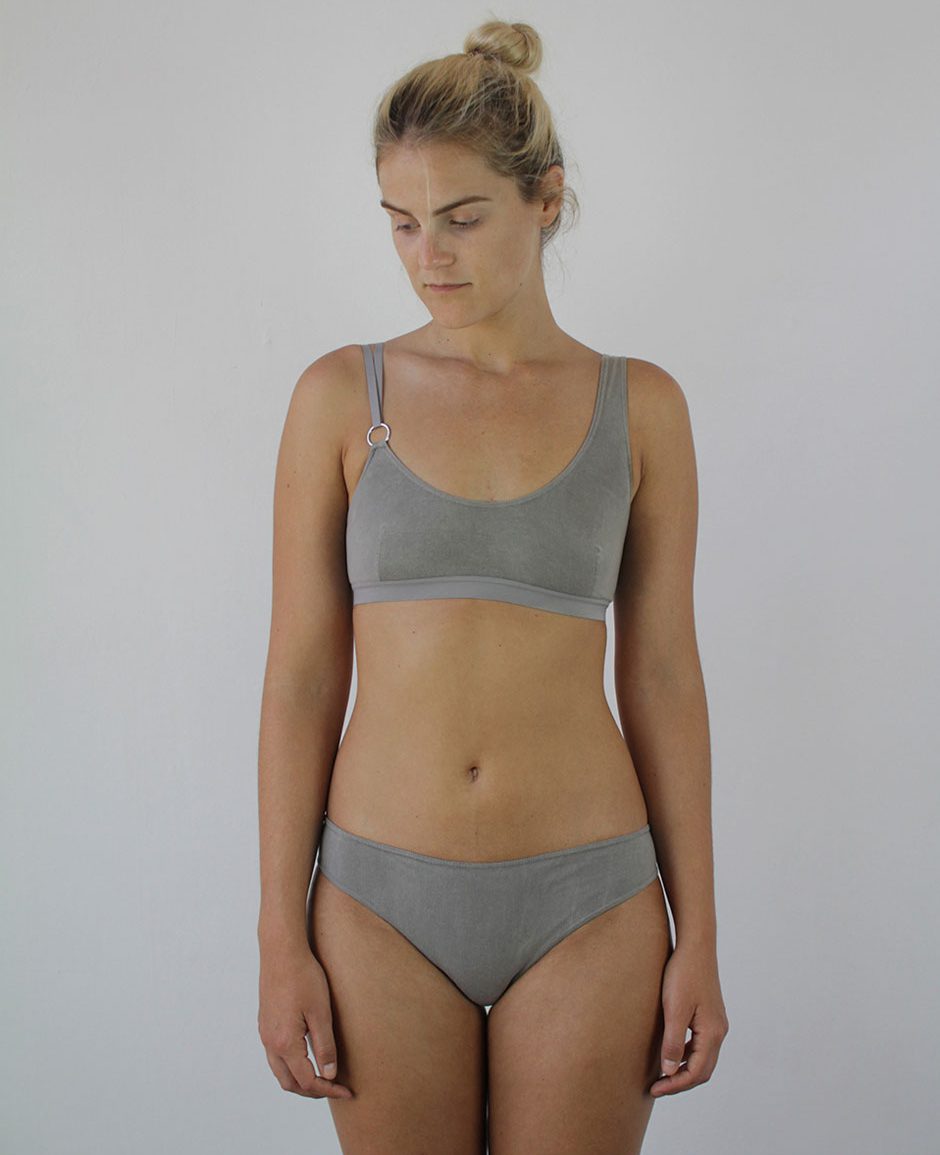
Talk Under Light
Talk Under Light, a Barcelona-based brand which uses organic cotton for all of its products, colours them using 100% natural vegetable- and mineral-based dyes in a cold dyeing process which “reduces energy consumption by 75%”. They offer a range of wirefree bras, bottoms and bodysuits in muted colours such as pale pink, light brown, and an undyed ecru.
Bedstraw + Madder
British brand Bedstraw + Madder grows its own cotton in collaboration with a regenerative cotton farm in Southern India, with the resulting fabric dyed using entirely botanical-based dyes. Even the labels are printed with vegetable ink. What’s more, they use natural rubber for their elastic too. Although this means their garments won’t be suitable if you have a latex allergy, it also means they’re 100% biodegradable. Current styles are limited to briefs only, in either solid colour or chequered prints.
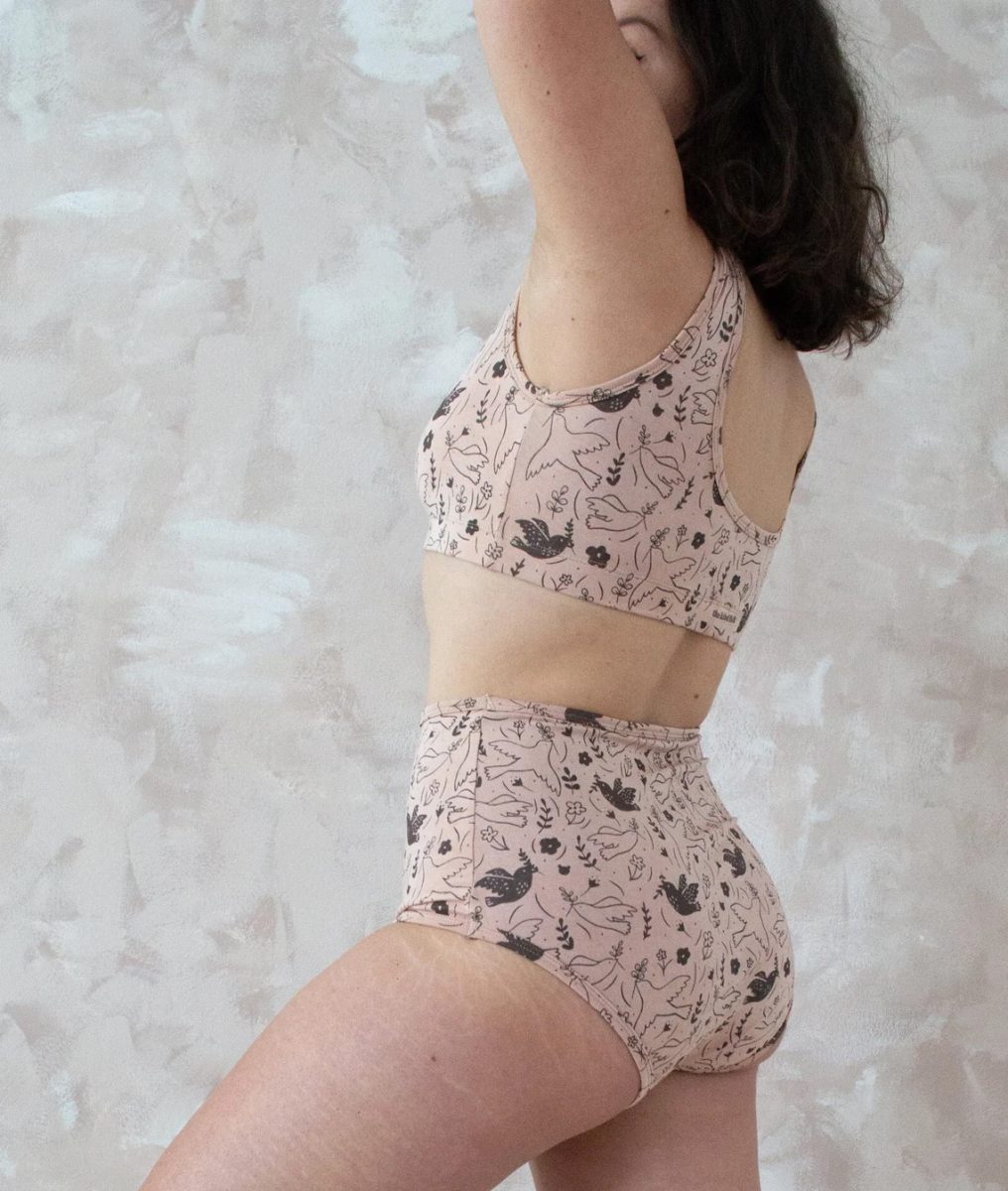
The Kind Folk
Slovenia-based brand The Kind Folk* creates underwear and socks as well as cushions and other accessories. Their crop-top style bralettes and matching bottoms are available in a small selection of colours and prints, all made from TENCEL™ lyocell that has been hand-dyed in their studio using natural colours which are mostly derived from “kitchen waste”. Like the brand above, their elastics are biodegradable too, being made from a mix of natural rubber and organic cotton.

Object Apparel
Object Apparel* is a Detroit-based brand focused on creating organic clothing coloured with plant dyes and non-toxic, water-based inks. The product range includes crop-top style bralettes and a range of brief shapes as well as things like genderless tops, dresses and lounge trousers. A number of their prints carry across both the underwear and outerwear ranges, meaning you can potentially match your lingerie to what you’re wearing on top!
CéuLabel
The second Barcelona-based brand on this list, CéuLabel is made using natural fibre fabrics for the lingerie and recycled polyamide for the swimwear. Everything is dyed using plant-based dyes, and you can read the exact dye base in each product description. While most plant-dyed lingerie you’ll find is in fairly muted tones, CéuLabel has some pieces available in a fabulous vibrant yellow, created using turmeric and macela (German chamomile). Oh, and something else that caught my eye about this brand is its frequent use of sheer fabric, which looks like what we’re used to seeing from a synthetic mesh but is in fact 100% cotton. It’s definitely one I’m considering a purchase from!
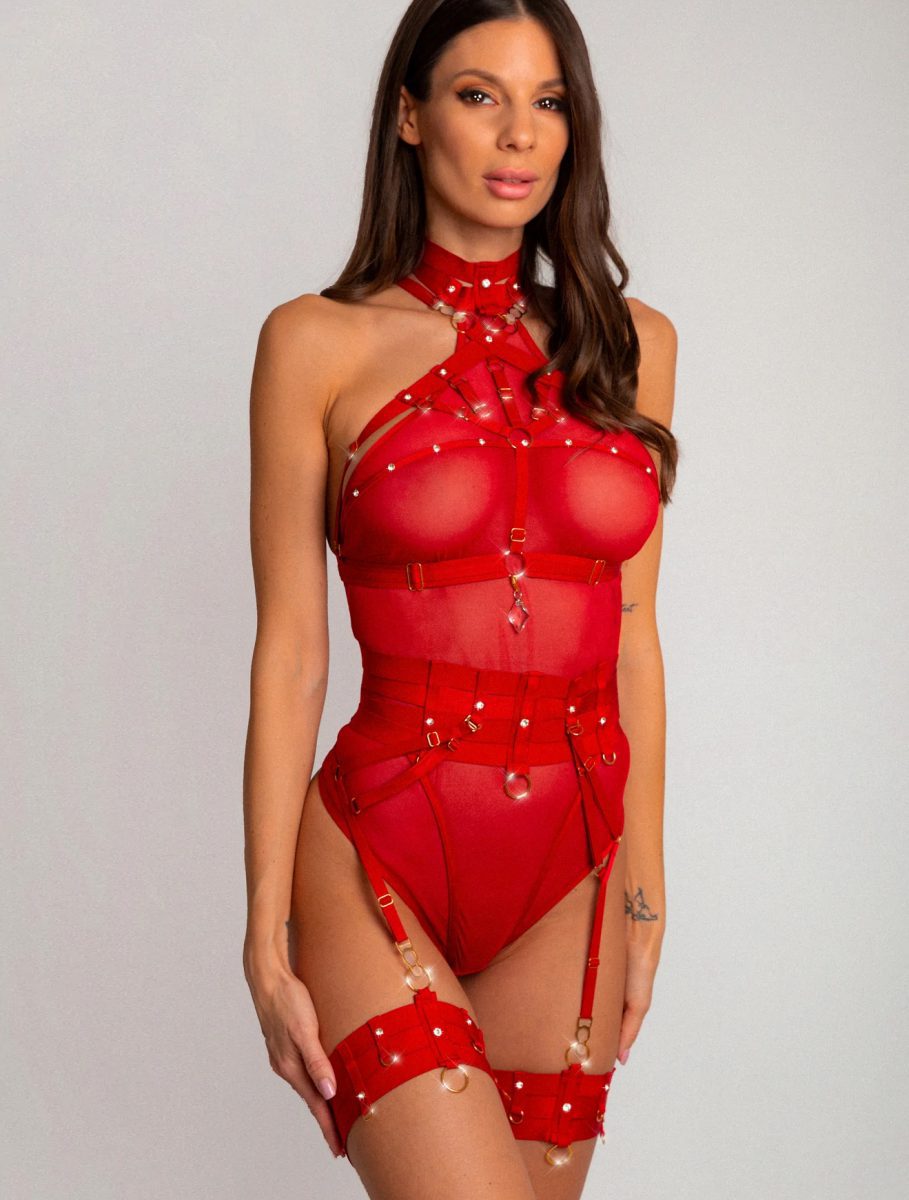
Qrucifix
British brand Qrucifix* is probably not at all what you picture when you think about sustainable lingerie. But if you think all eco-friendly lingerie looks vaguely the same, Qrucifix is here to prove otherwise! It does focus around deadstock and recycled materials more so than natural fibre-based ones, but all colours except black (which is done with non-toxic, low-impact dye) are plant-dyed, and the lace they use is 75% organic cotton plus recycled polyamide whereas most modern laces are fully synthetic. The range includes wireless bralette sets and bodysuits, plus modular accessories to build up the look including both harnesses and clip-on pendants made from semi-precious stones.
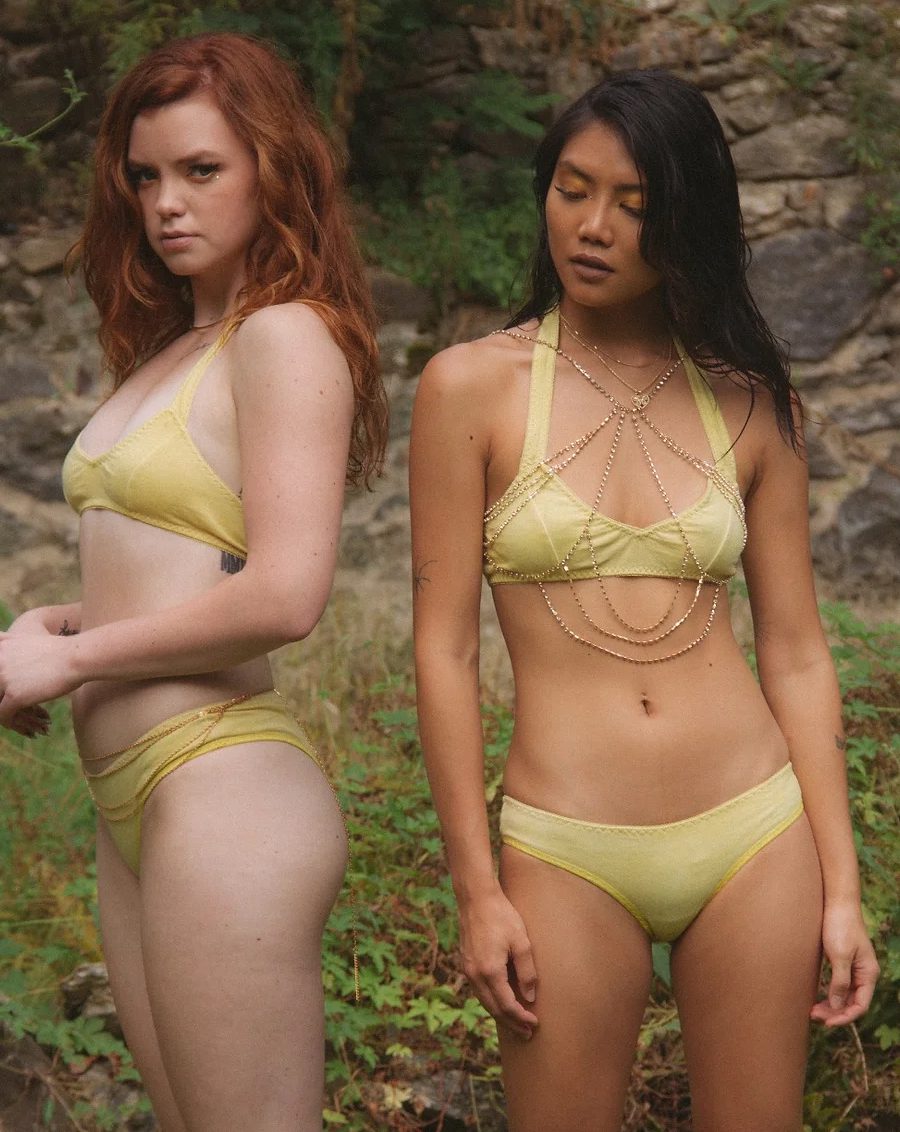
Goddess Rising Intimates
Philadelphia-based Goddess Rising Intimates is creating organic cotton bralettes and coordinates which are dyed with plant-based colours. The yellow set pictured above was dyed using local plants, and other products have been tie dyed or shibori dyed for a patterned look. The wireless bralettes are a pull-on style with no back fastening, and use recycled metal components where they have adjustable straps.
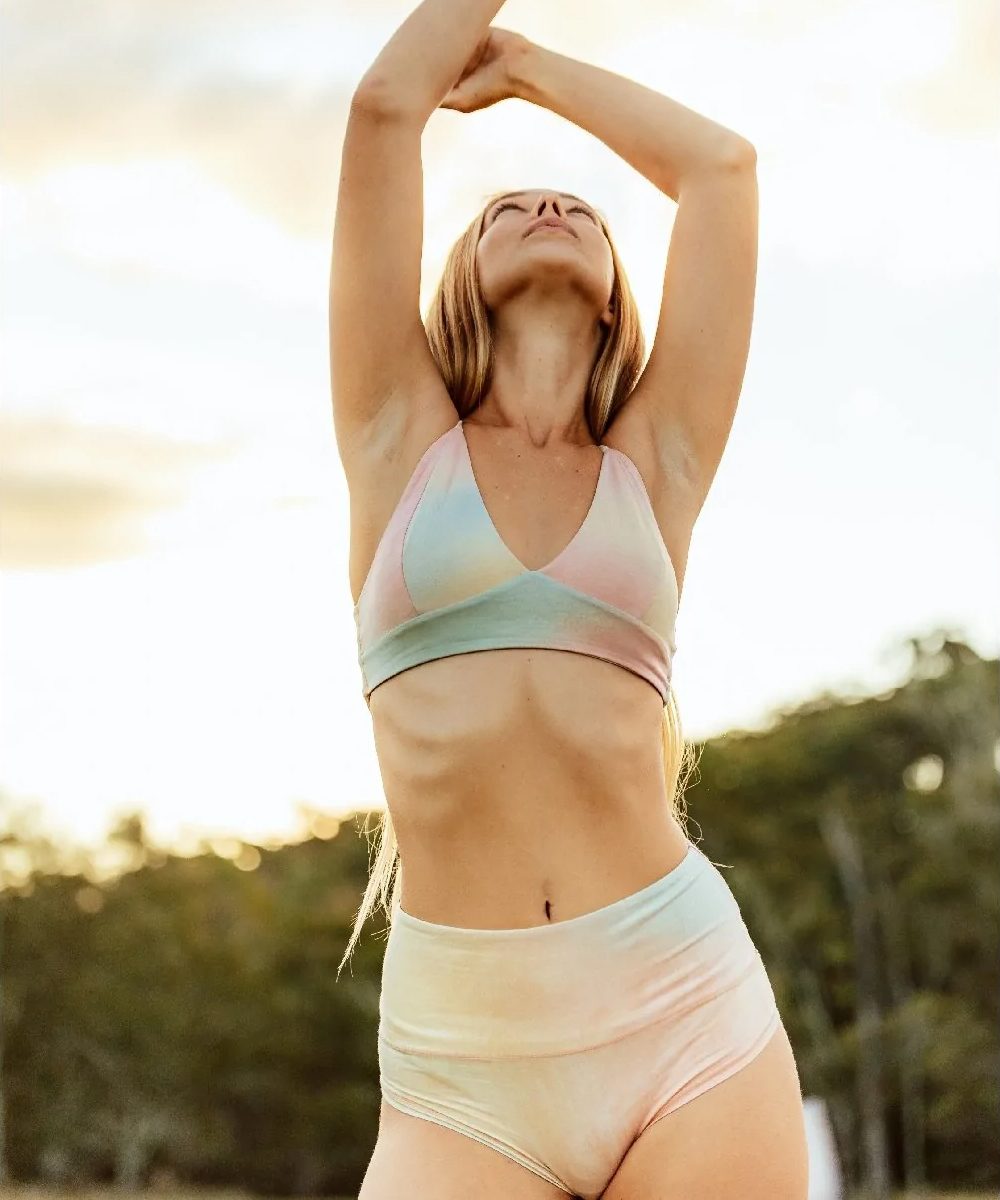
Louv
Louv is an Australian brand which creates everything using TENCEL™ lyocell, coloured using plant-based dyes by artisans in Indonesia. This is another brand that lists the specific dyes listed in the product description; the pastel unicorn confection above is absolutely my favourite design, and is dyed using sappanwood, mahogany and indigo. Styles include wireless bralettes and a range of coordinating briefs.
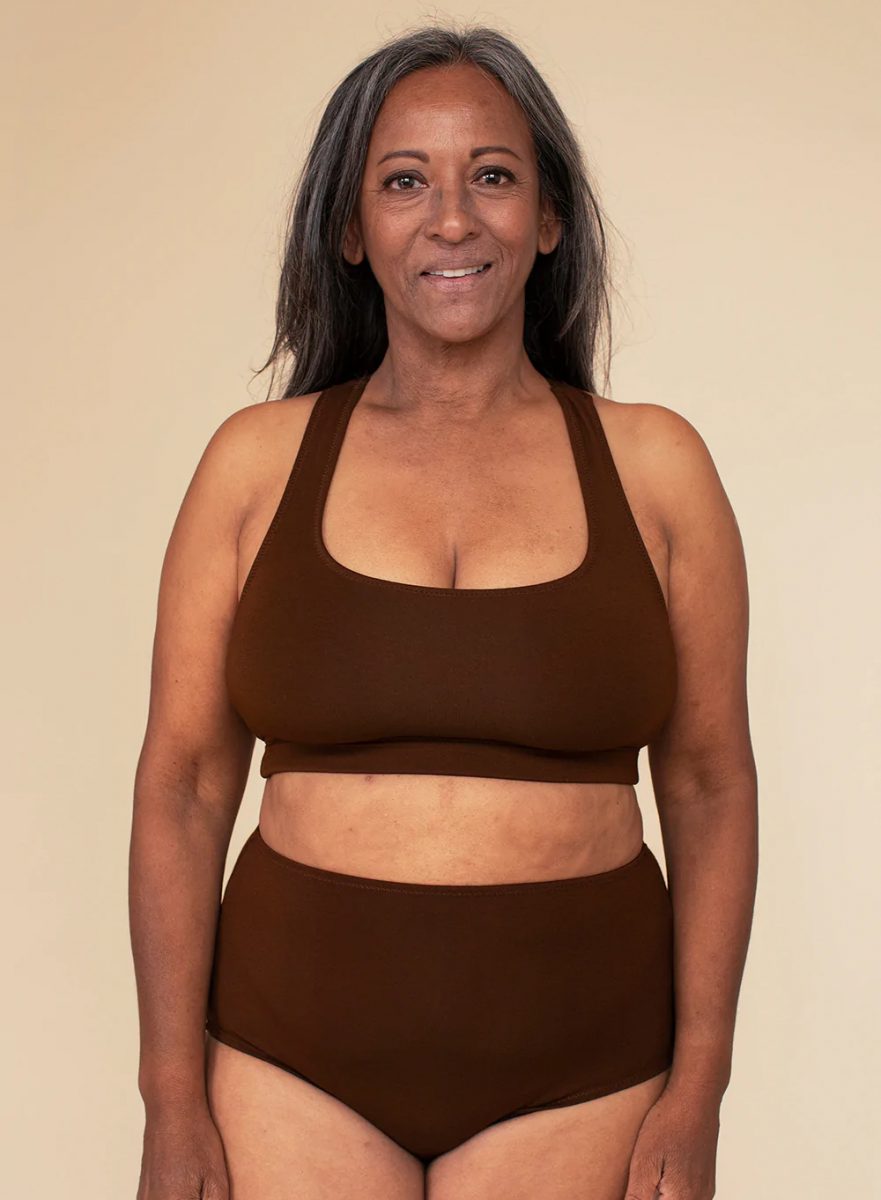
HARA
Another Australian brand, HARA – which we reviewed back in 2020 – creates lyocell-based lingerie and loungewear/clothing with a minimalist look. Although their product range is not particularly extensive, each piece is available in a wide variety of colours (and sizes) which includes both neutrals and zingy brights. Although I am including them on this list as they are primarily a plant-dyed lingerie brand, they don’t only use natural dyes. A handful of their colours are created using low-impact dyes instead, and you can read about their reasoning for doing so here.
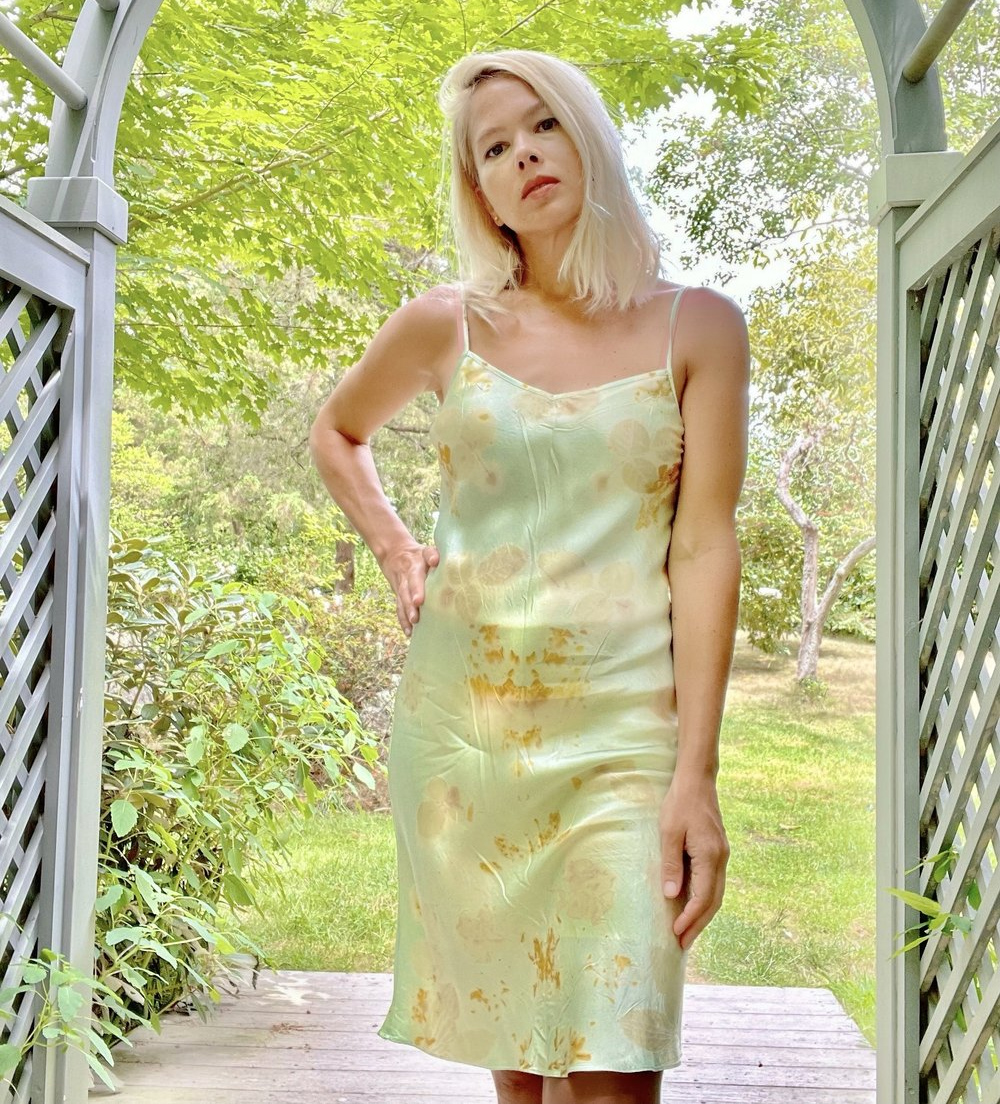
Flora Obscura
Finally, if you want something that’s obviously plant-dyed, I think you’ll love US brand Flora Obscura‘s slips, robes and kaftans in silk satin which have been dyed with literal plants (in a process known as bundle dyeing) to create stunningly beautiful prints which are always one of a kind. She sells scarves and pillowcases too.
Is the type of fabric dye something you usually consider when shopping for lingerie? If not, will it be, moving forwards?
